
The Deliverance

Sleepwalkers

Coffee and Listerine

BARDO, False Chronicle of a Handful of Truths

The Bloodhound
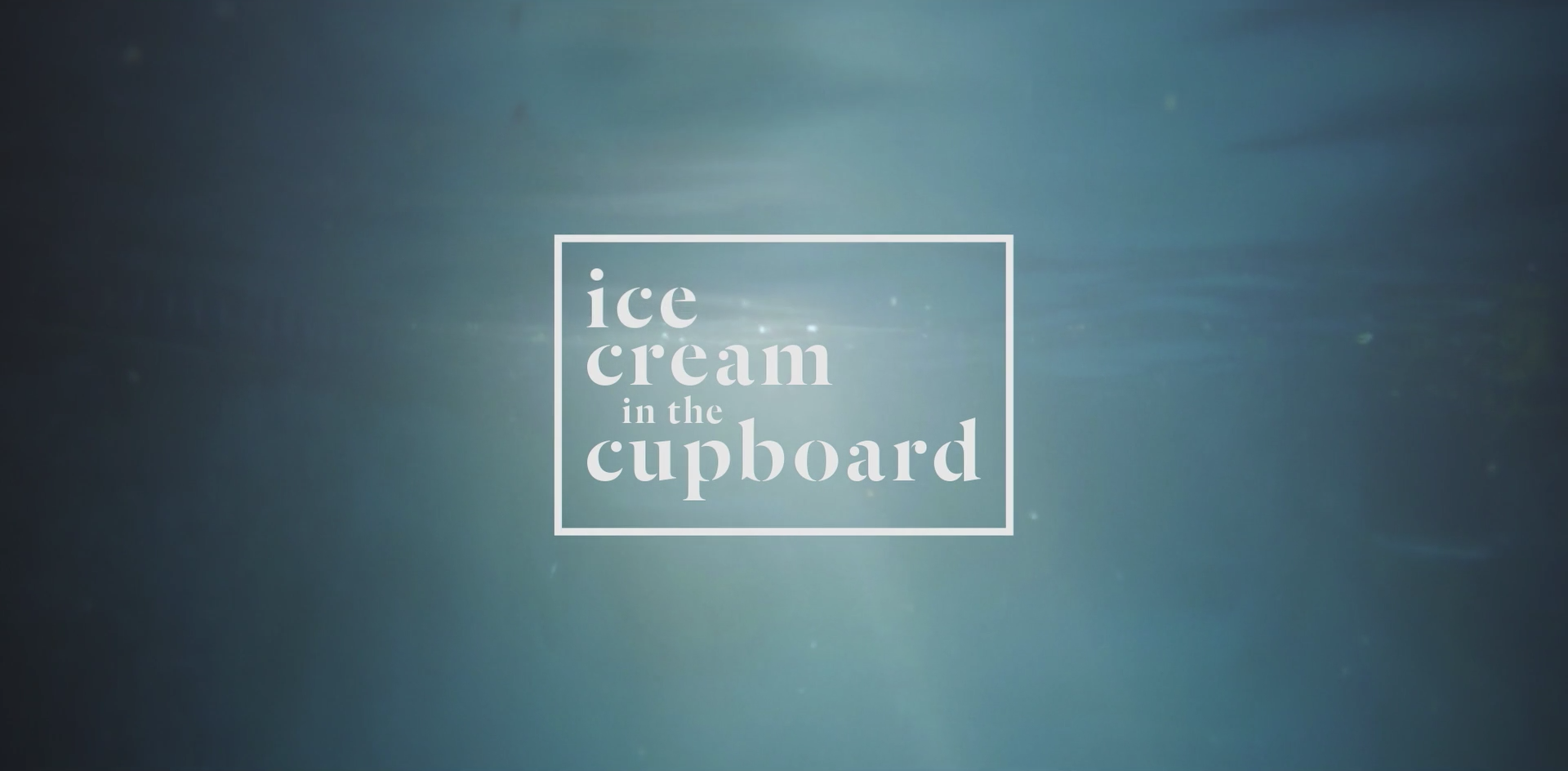
Ice Cream in the Cupboard

Life in a Year
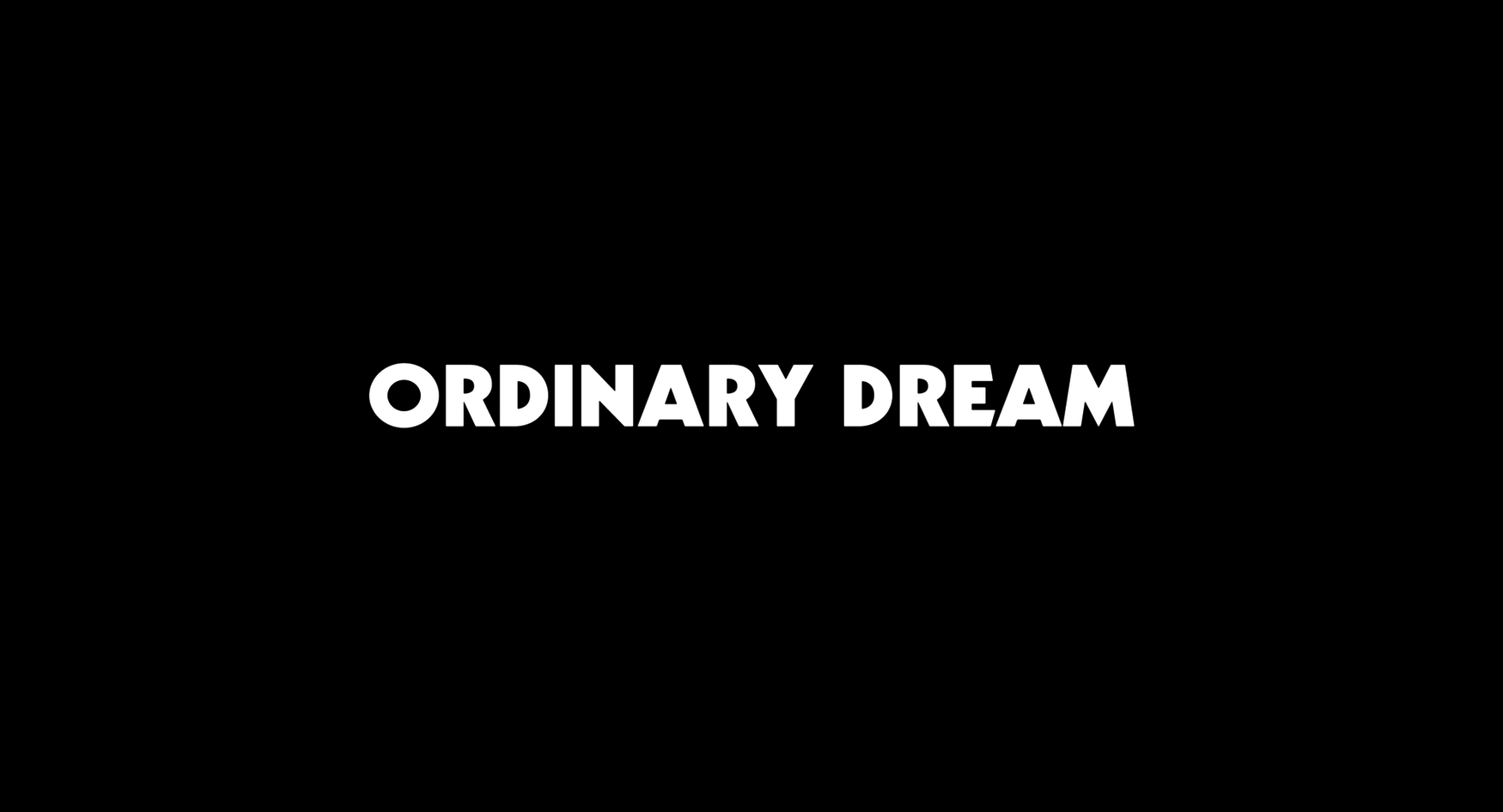
Ordinary Dream

Lockdown
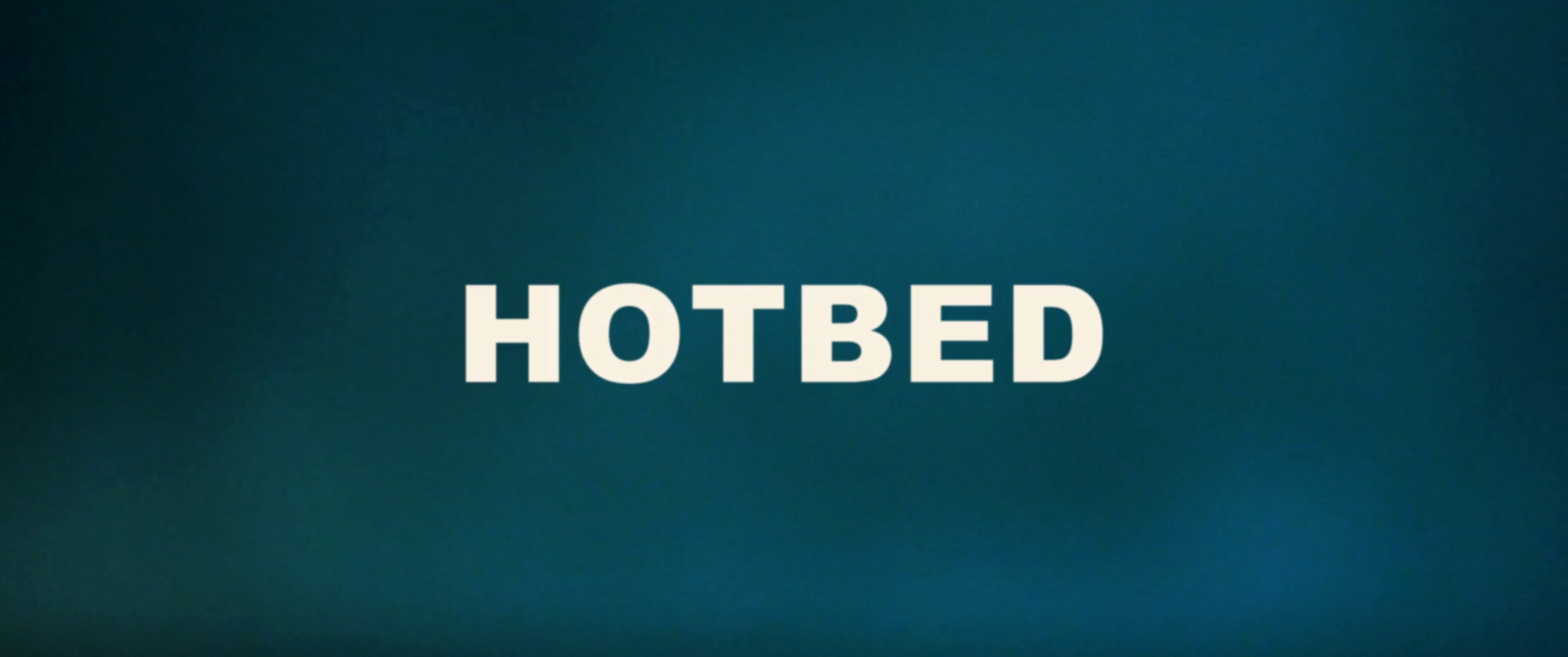
Hotbed
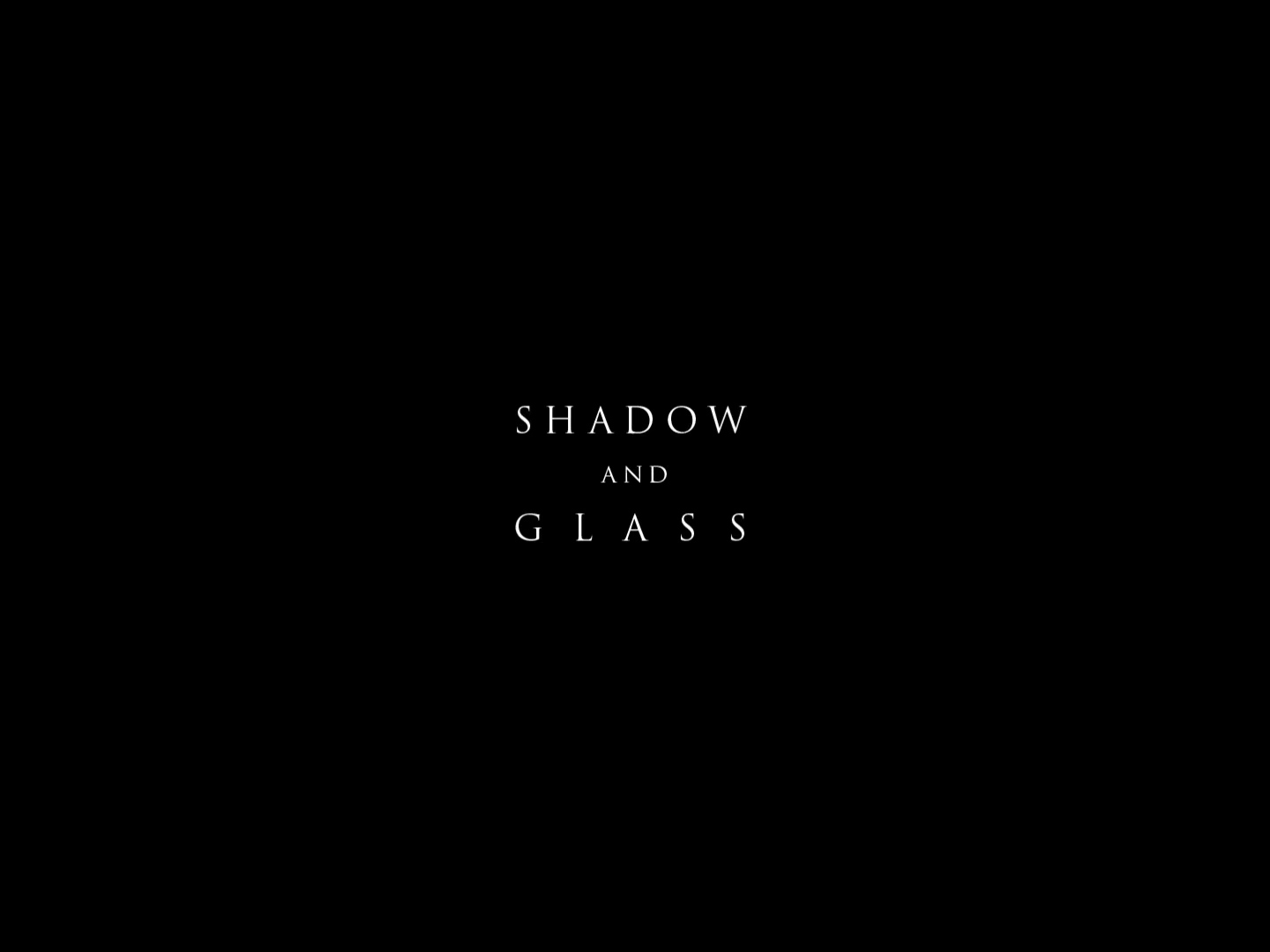
Shadow and Glass
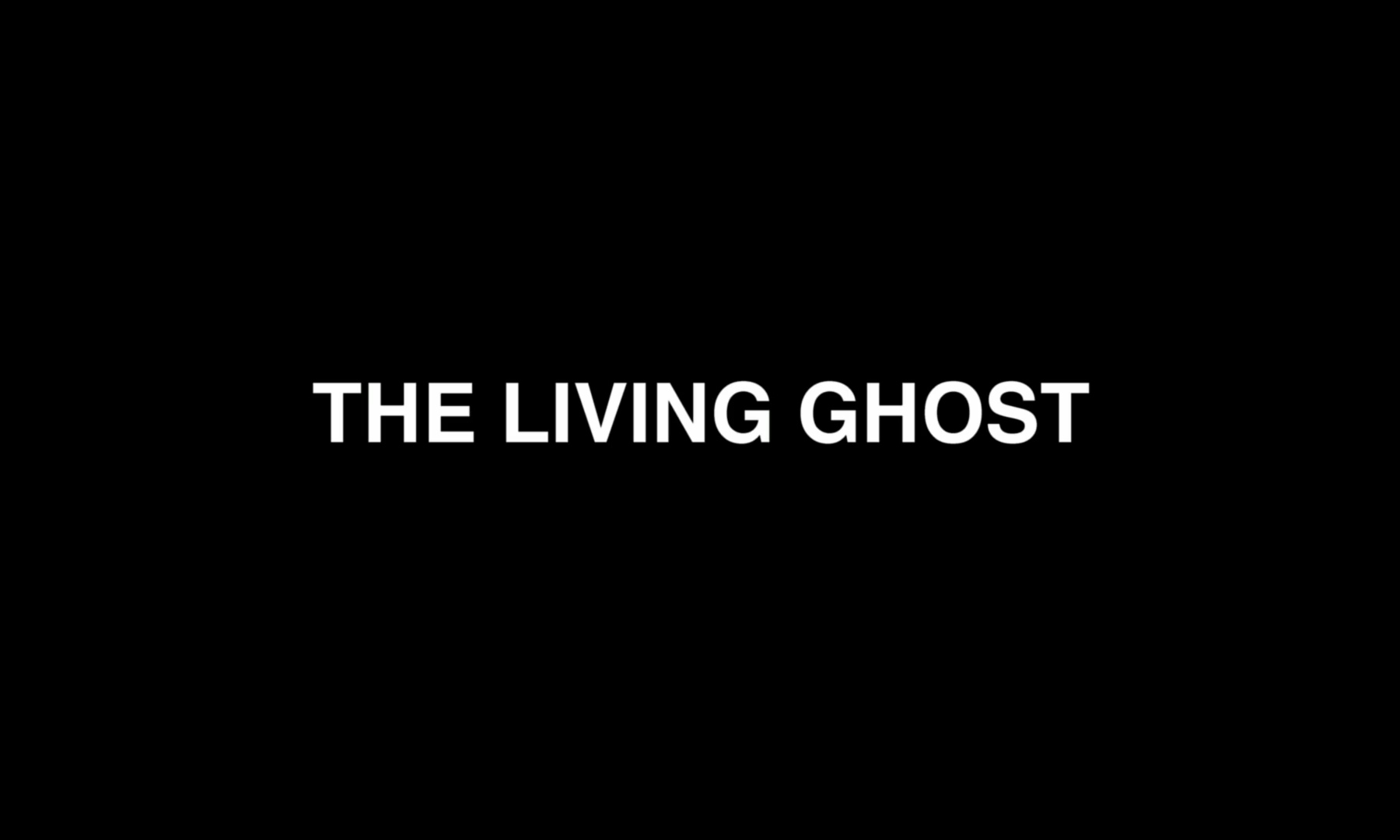
The Living Ghost
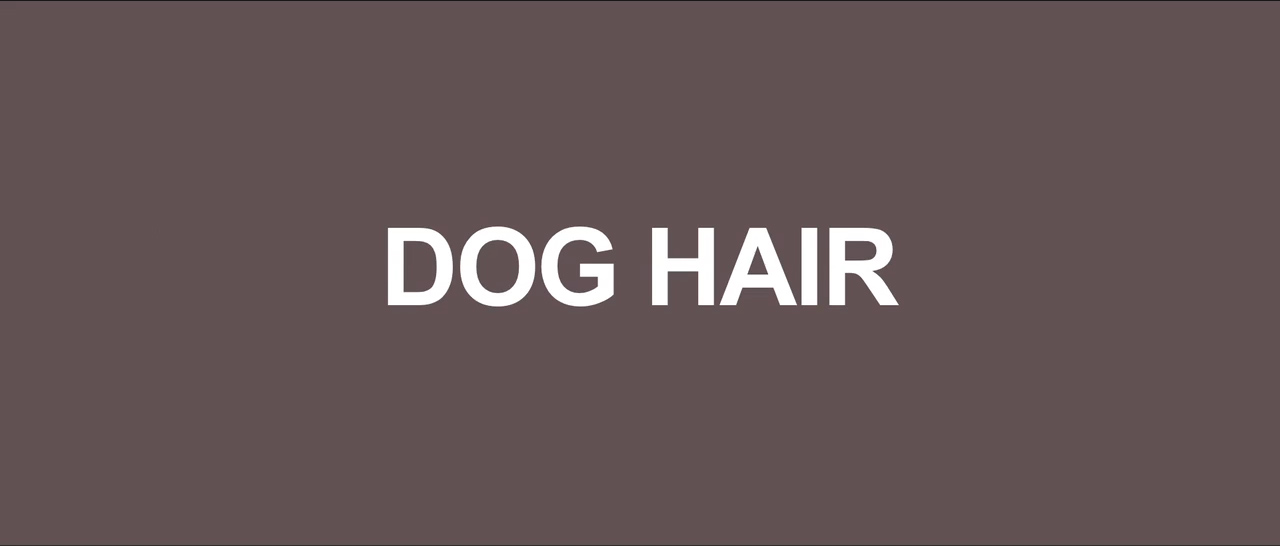
Dog Hair
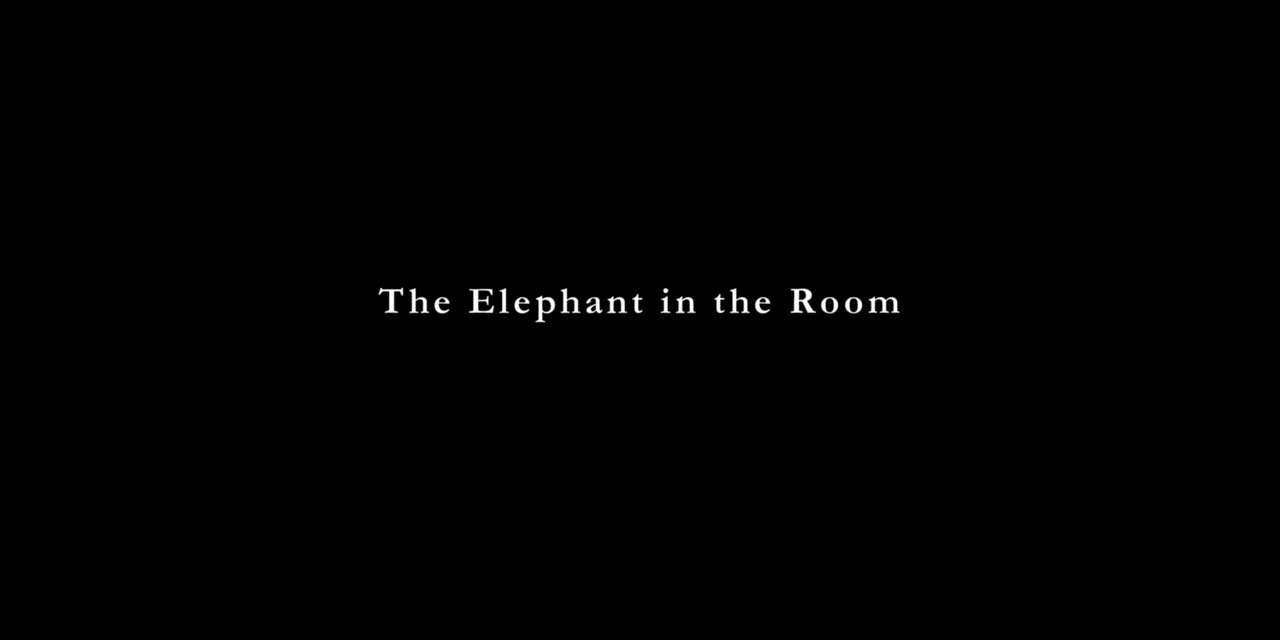
The Elephant in the Room
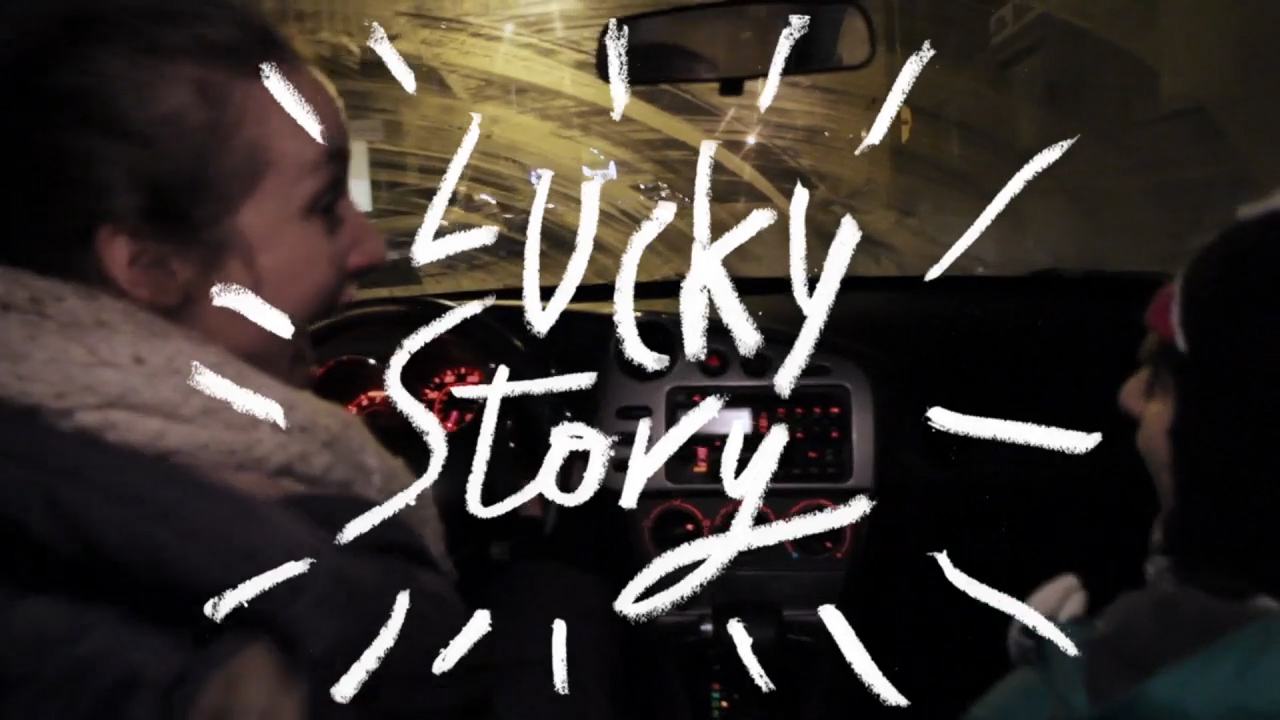
Lucky Story
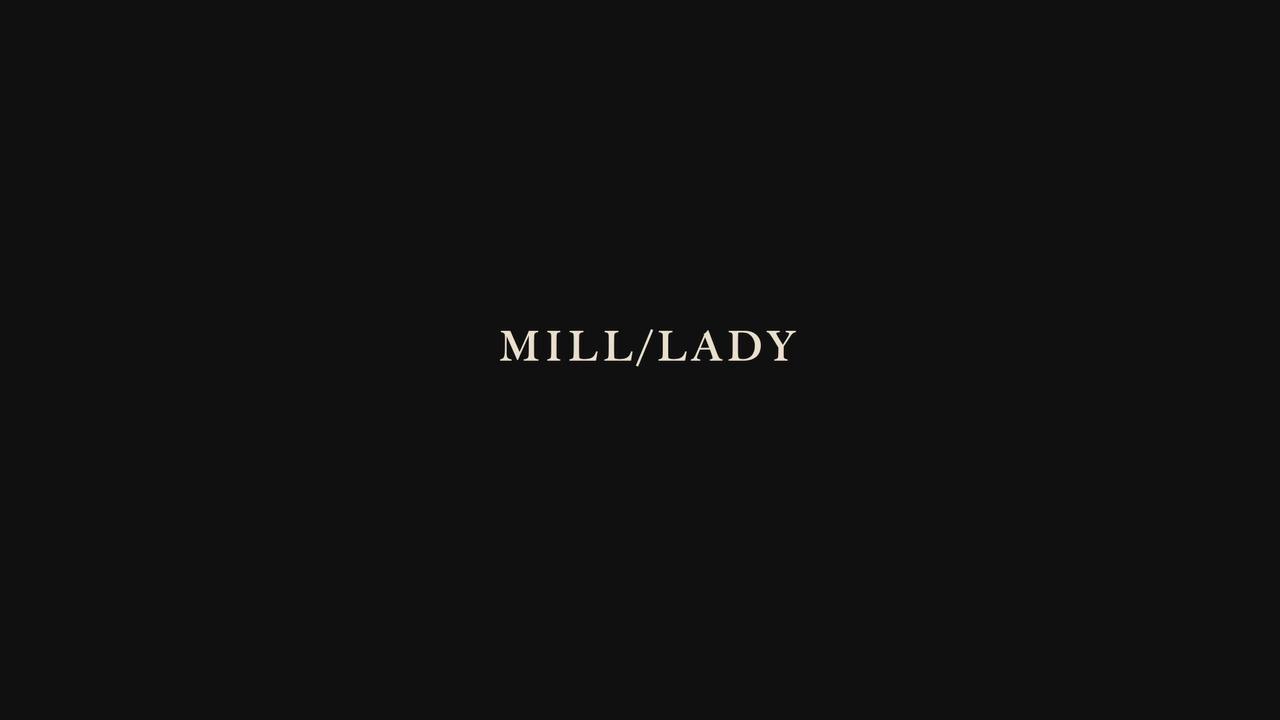
Mill/Lady
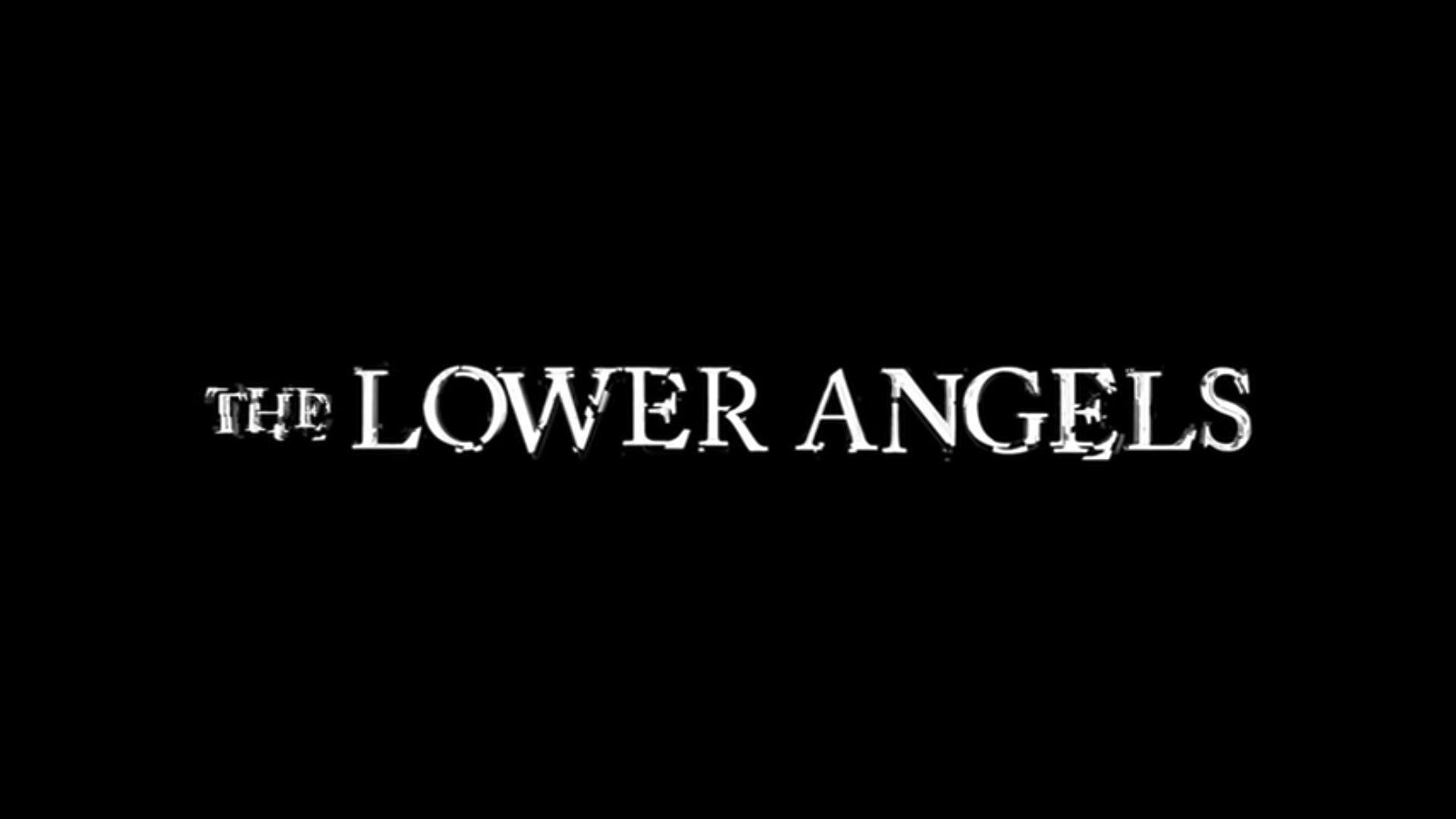
The Lower Angels

The DeliveranceNow streaming on Netflix.

Sleepwalkers(coming soon)

Coffee and ListerineCoffee and Listerine is a dark, hilarious short that seduces you, melts your heart strings, and then leaves you with your jaw on the floor and Eric and I had a blast cutting it. The actors were all so good and so funny that we would just be cracking ourselves up in the edit room trying out different reactions and line readings.Objectively, the story is actually somewhat challenging to pull off as a short - there are five characters to explore, two converging storylines, dueling tones, and the film is under 13 minutes long! We toyed with the structure quite a bit, messed with how we focused on the characters, with what we thought was most important to convey to make sure the comedy felt natural and landed and to ensure story still had its essential emotional undercurrent. The end result is a great success and has been winning awards and playing in numerous festivals around the country.

BARDO, False Chronicle of a Handful of TruthsI started work on this film near the time when the director’s cut was just finishing. My first order of business was to watch the film, projected, in the facility’s theater. At the time, the film was three and a half hours long and when I finally pressed play I knew there was no way I’d be done before my workday was over. But after watching back only three of the reels, I knew I was involved with a masterwork and couldn’t pull myself away. The VFX were still rudimentary and the dialogue had not yet been subtitled into English so I could understand very little of what they were saying, but I was completely in awe. It felt wrong to put the film on hold until the next day - so I stayed late into the night relishing every reel.Later, as we were approaching the Venice Film Festival deadline, much of the editorial team was put on a hiatus to save a little money while the VFX team caught up to us. Luckily for me, I was still working over that hiatus and was asked by Alejandro if I would be available to do some editorial ‘exercises’ with him. And so for a day in this process I was able to sit with AGI and edit with him. We fine tuned some pacing, tweaked some performances, and made some excellent changes. It was a wonderful experience and it’s something I’ll never forget.Watch on Netflix

The BloodhoundUnder the influence of chess, green tea, and between reading passages from the Tao, Pat and I cut this gem of a picture. The Bloodhound is a feature length exploration of themes we first tackled in The Living Ghost: old friendships, uncanny happenings, and confinement.In terms of editorial work, I think Pat puts it best when he says that the film has a ‘certain Cubist quality’. Meaning that in the same way Cubism compresses spatial planes, The Bloodhound collapses planes of consciousness - allowing dream logic to function in the same space as reality. To that effect, we worked on blurring the lines between what feels dreamy and what feels concrete.While at times dreamlike, the editorial style in The Bloodhound also has a deliberate quality - like a chess game. We thought of each cut and each angle as the movement of a piece advancing the game - moving toward its inevitable end.Watch on Arrow PlayerWatch on Amazon Prime

Ice Cream in the CupboardIce Cream in the Cupboard is my second feature and first since graduating the AFI. It’s a seriously evocative film. Drew and I worked tirelessly to strike a delicate balance between the comic absurdity of living with and caring for a loved one suffering with Alzheimers and the deep sadness of it. Narratively, we found ourselves navigating between what is honest versus what is disease. We strove editorially to reflect the experience of Alzheimers both through a factious narrative structure and by carefully integrating memory as powerful punctuation - while one character loses hers another character finds solace in his.In terms of the delicate character editing, it was our responsibility to keep Carmen real and human, even in her lowest, most dissociative moments, which lent us the opportunity to create sequences steeped in realism, bordering on the surreal.First Place, Best Feature Film NarrativeWatch on Amazon PrimeWatch on YouTube Movies

Life in a YearOn feature films, you always have a giant wall with a grid of 4x6 index cards with pictures of each scene represented. We call this the ‘card wall.’ I remember pacing back and forth in front of the card wall with Matt and Mitja taking scenes down, moving them, throwing them on the floor, pulling our hair out to try and get the story just right.I have fond memories of working on this film and when I watch it back I realize that I actually ended up cutting more many more scenes than I remembered - and Matt was generous enough to let me do that. Mitja would run back and forth between our two edit rooms - giving notes in one and then rushing to the other to give notes there. We took a lot of pride in getting the story perfect. Trying to weave in those flashbacks at the essential beats to heighten the emotion of the moment without stepping on the performances. And with Mitja’s boundless energy it really was a fun and frenetic editing experience.Watch on Amazon Prime

Ordinary DreamOrdinary Dream oscillated between two tones: a sort of morbid humor and an unsettling strangeness. Striking the balance between the two was the ultimate task at hand. To do so we had a certain degree of editorial freedom, which we played with! Together, Patrick and I developed a tone, a language, and a voice for this piece, which we think is utterly unique.To do so we utilized both very simple editorial decisions in terms of timing, geography, and graphic overlay. As well as utilizing certain invisible elements of intra-frame editing. To compliment the psychological landscape, we developed a tonal soundscape that placed the film in the world of the uncanny.

LockdownLockdown is filled to the brim with powerful performances, palpable suspense, and a dense audio landscape that conveyed the literal as well as the emotional narrative. Part of the pride in doing Lockdown came from being able to work directly with production by cutting-while-shooting to ensure we had everything we needed to create each very specific moments.With such strong actors giving such heart-wrenching performances, the most difficult discipline to embrace was restraint. Finding where a performance needed to go and figuring out how to get there in terms of pace, shot selection, and take manipulation was where the greatest amount of precision was utilized.

HotbedHotbed was interesting editorially because we discovered that the tragedy of Sandy's character was heightened by virtue of her younger brother. This meant we needed to create/ensure that the triangle of relationships was always in the mix: Mom, Sandy, Todd. The last two cuts of this scene are of Todd, isolated, listening. This was an amazing moment that the director and I discovered together and often brings tears to our eyes.Another challenge of this piece was cutting together the performances of children, which can often be both unpredictable and simultaneously can achieve a level of honesty that will put any adult performance to shame. Balancing their performances with the performances of the adults was a huge point of pride between the director and I.

Shadow and GlassIn Shadow and Glass, the name of the game was tone and illusion. Because the story is told primarily from the perspective of the fraudulent medium, Anna, we needed to cut the earlier scenes in a way that showed her deception as well as her empathy. To show the clues that fueled her performance.The major editorial difficulty in the piece is the shift in perspective from Anna to Francine during the seance. It allowed for more editorial fun, because we were able to build the seance to be something perceived rather than something real (fraudulent). It was about creating the illusion rather than showing its mechanizations, motivating Francine's shift from skeptic to believer.

The Living GhostThe Living Ghost was a blast in terms of the edit. The majority of the film is in essence a conversation, but we manipulated every beat of those conversations to raise questions in the audience's mind. We cut in ways that were hyper aware and tried to do things to subtly unsettle the audience.It is an example of editor as magician. The work we did on this piece is invisible, yet it creates the tone. We played with so many elements (sound, time, overlay) and developed a language unique to this story.

Dog HairDog Hair is an extremely unique piece. The director and I spent months finding the story, which was always somewhat abstract. We wanted to create a dreamy feel and whittled the piece down bit by bit until the performances and scene transitions gave us the feeling of something bordering on fantasy.Following the strength of the performances here was key and by listening and reacting to the actors on the screen, the film blossomed before our eyes.

The Elephant in the RoomThis particular story was really fun in terms of its tone. It has moments of serious drama, but simultaneously it has a level of self-aware comedy in the vein of 8 1/2. It also has moments of surreality, which allowed for editorial freedom.The scene here was a joy to discover. In some ways it is very basic, but the emotional transition from anger to playfulness to self-aware comedy I've always found to be extremely interesting.

Lucky StoryThis scene is wonderful because the locus shifts very naturally. We start with the mother getting ready to scold her son, but as the 'power' of the scene shifts to empathizing with the boy, the edit reflects that emotional shift.It's another case in which shaping performance around a young actor can reveal surprising depths of honesty and emotional connection.

Mill/LadyThis a piece of experimental dance cinema that played at Lincoln Center's Dance on Camera Festival. Editorially, we created a language of extreme wides to showcase the isolation of the main character into extreme close shots as she discovered remnants of human life.Toward the end of the film, when she sees a man for the first time, we created a cutting pattern that reflected her transition from awkward/impaired movement into free-slowing dance. During the dance sequences we said goodbye to literal continuity concerns and focused on continuity of emotional motion. A fascinating exploration.

The Lower AngelsThis was my first feature and I was lucky to get it. Adam and I worked tirelessly on this ambitious project. It was while working with him on this film that I realized editing was the thing I absolutely had to do with my life. The conversations we had about character, plot, rhythm, meaning, motivation, and life were precisely the conversation I wanted to have day-in day-out for the rest of my life.Editing the film was no walk in the park. We started with a 4.5 hour rough cut and somehow were able to chip away at it until we had what we felt was a tight, effective film. Some monumental changes were realized only days before deadlines would arrive - giving us a sense of exhilaration and a film the sense of an aliveness. The major narrative choices we found ourselves making were about the film’s various storylines - how to navigate them, how to maintain the suspense, and subvert expectations. In the end it is a beautiful, gory, art-film full of honesty and love - wrapped inside a reimagining of vampiric tropes. Every time I’ve watched it I’ve realized something new about the layers we wove.
info
prev / next
1
2
3
4
5
6
7
8
9
10
11
12
13
14
15
16
17
·
·
·
·
·
·
·
·
·
·
·
·
·
·
·
·
·